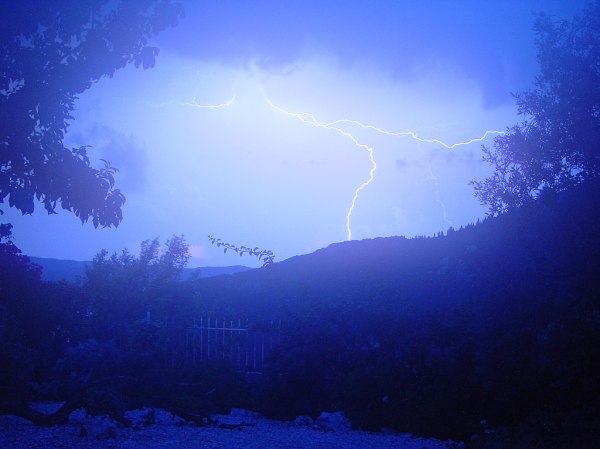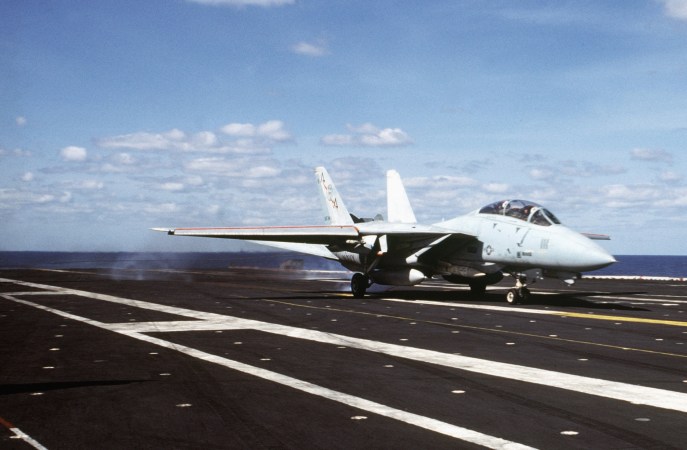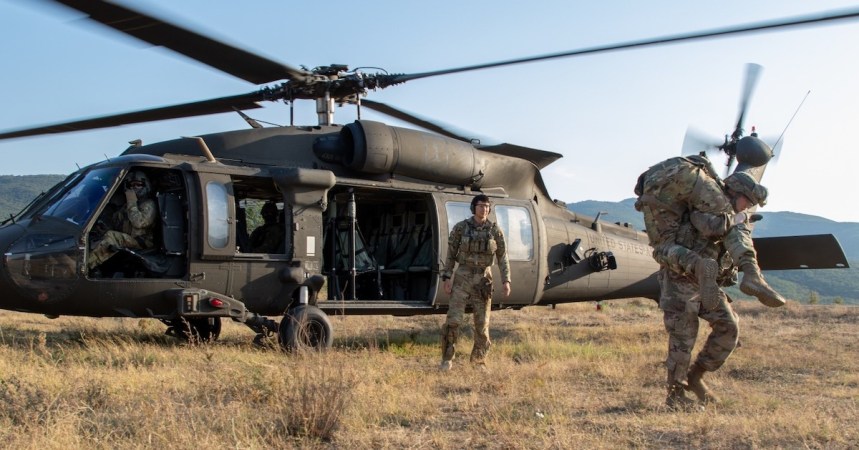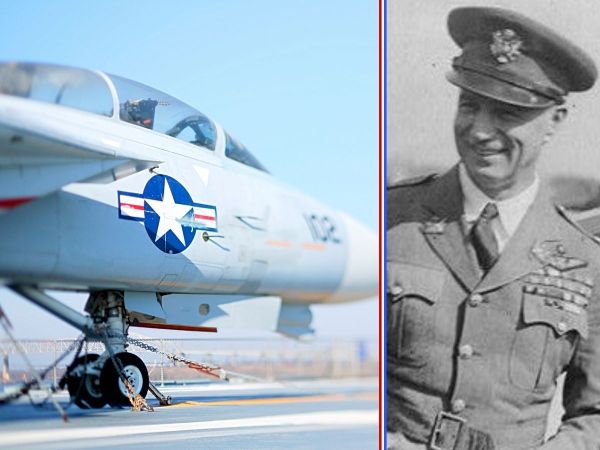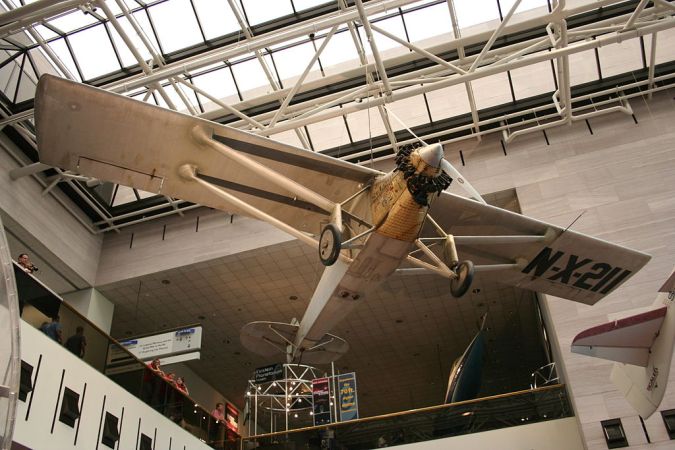Supersonic ejections are dangerous — and the faster the flight the worse it is.
They’re so dangerous that pilots are trained to ride out a failing plane for as long as possible, lowering their speed and altitude to more manageable levels before pulling the ejection handle.
That’s what makes Bill Weaver’s story so insane. He was a test pilot in the SR-71 Blackbird. During a Mach 3 flight, his right engine suddenly died. The enormous thrust from the left engine put the plane into an uncontrollable spin. It began to literally disintegrate around him and the flight test specialist riding with him.
Weaver passed out. He and Jim Zwayer, the flight test specialist, continued to fly through the air, propelled by their own inertia at hundreds of miles an hour. Weaver passed out before the plane even broke apart.
When he woke up, he was flying through the sky high above the earth. Initially, he thought he was dreaming, then he realized that it wasn’t a dream so he must be dead. And finally realized that he was neither dead nor dreaming.
A layer of ice covered his visor, but he could tell he wasn’t tumbling so the stabilization chute must have deployed. His emergency oxygen tank had functioned as well, inflating his suit to compress his blood and feed him breathable air.

As Weaver reached for his main chute, it deployed on its own. He got his frozen face plate open and was able to spot Zwayer who he would later learn had died.
He landed a few miles from the wreckage of his burnt up plane and collapsed his chute, preparing for a long night in the freezing winter weather of the desert. Then he heard a voice asking, “Can I help you?”
Turns out, Weaver had landed on a large ranch, and the owner had flown his helicopter to go check out the wreckage that had just crashed on his land.

Weaver later learned that the straps from his seat were still fully attached to him, but the ejection seat had stayed with the plane. When the plane broke apart, the entire cockpit, including Weaver’s seat, had broken up around him as his seat belt and harness continued to hold on to him.
The thing that saved him was the pressurized suit which had acted like a tiny escape capsule. An inspection of that suit revealed that one of the oxygen canisters had broken off, nearly removing what little protection Weaver had during his flight through the air at multiple times the speed of sound.
Weaver placed a collect call to Lockheed, letting the crew in the control area know that he had survived and surprising many of them. Weaver got behind the controls of another SR-71 only two weeks later.
You can see a video about the incident below, and read more of Weaver’s story in his own words at Road Runners International.




